Assertiveness Training for Women in Business
Enhance your professional presence and command respect in the business world with AMA's empowering seminar. Develop assertiveness techniques to overcome challenges and excel in your industry. Join us and unlock your potential for success.
- All levels
- 21 and older
- $2,595
- Earn 25,950 reward points
- 2345 Crystal Dr , Arlington, VA
- 15 hours over 2 sessions






 CourseHorse Gift Card
CourseHorse Gift Card










